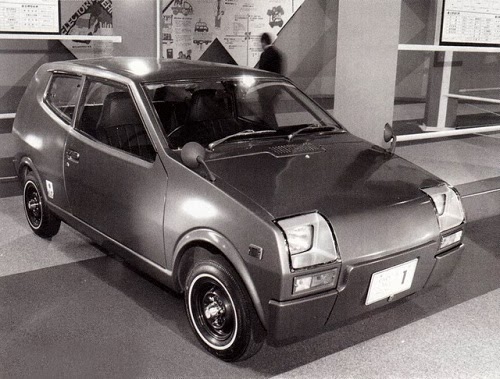
The conventional wisdom is that Japanese automakers are dragging their feet when it comes to EVs. It’s kind of a reductive statement that doesn’t take into account the fact that most are simultaneously exploring many zero-carbon propulsion systems, or that the world is not going to have the infrastructure it needs to fully EV by the next decade. But this article isn’t about all that. It’s about the 1973 Tokyo Motor Show, in which five Japanese car companies united to develop a range of electric vehicles from city cars to buses.
The initiative was kicked off by Japan’s Agency of Industrial Science and Technology in 1971 with a budget of ¥5 million over five years. AIST was a part of MITI, the all-powerful Ministry of International Trade and Industry that guided much of Japan’s early automotive development. The project sought five different types of electric vehicles from five of Japan’s major automakers, and joined them with the names EV1 through EV5.
The Daihatsu EV1 wasn’t even the company’s first electric car. The company had built several EV concepts before the EV1, which combined their electric know-how with their kei car expertise. They came up with a sporty rear-wheel-drive coupe that seats four. A pair of 45V 5.6kW electric motors turned each of the rear wheels, powered by four 96V lead-acid batteries located in a rear compartment beneath the rear seats and cargo area.
Top speed was said to be about 80 kph (5o mph). But, if you could keep the speed at a constant 40 kph (25 mph) the car could eke out a range of about 130 to 150 km (81 to 93 miles) thanks to a regenerative braking system. Total weight was 912 kg (2,010 lbs).
The Toyota EV2 was a compact car intended for city use. The company issued a press release saying that they still believed that reciprocating engines would be the future of mainstream transportation, with EVs serving as supplemental vehicles for urban and suburban use.
Total length measured 7.7 inches shorter than a Fiat 500, but the tall height came from the 16 192V lead-acid batteries arranged under the floor in a steel frame. Its single thyristor chopper-controlled electric motor, weighing about 100 pounds and spinning up to 10,000 rpm, was mounted parallel to the rear axle. It drove the rear wheels via a 3-speed automatic transmission.
An advanced (for 1973) computer system governed the major systems of the car. It used an combination of speed sensor, accelerator angle sensor, and electric motor current sensor to manage speed and acceleration. It even controlled the braking to mimic the feel of a hydraulic system.
With the help of an FRP body to lower the center of gravity, total weight came in at 1,375 kg (3,030 lbs). The Toyota EV2 managed a top speed of 94 kph (58 mph). Its 0-30 time was 3 seconds, total range was 180 to 200 km (112 to 124 miles).
Whereas the Toyota EV2 seemed to have been developed with minimal styling input, the Mazda EV3 light truck oozed brilliant design. The entire front of the cab followed a single curve, and the “eyebrow” lights referenced the classic Mazda Porter Cab. Even the side windows were cleverly shaped to evoke a futuristic look and the letters “EV” were embossed on the doors. The bed floor extended through the rear of the cab and down along the wheel arch to form the lower half of the seats.
Juice comes from eight 96V lead-acid batteries housed in compartments hanging below the bed. They power a 90V 11kW direct current motor located just fore of the differential. FRP panels helped drop weight to 780 kg (1,720 lbs), but the trucklet had a 200 kg (440 lb) payload capacity. It could reach a top speed of 70 kph (43 mph) and could go 130 to 150 km (81 to 93 mi) on a single charge while maintaining a cruising speed of 40 kph (25 mph).
If a larger truck was needed, the Nissan EV4 brought a 1000 kg (2,200 lb) payload capacity to the table. Its futuristic FRP body was placed upon a steel frame holding twenty 120V lead-acid batteries distributed on either side of the undercarriage. Those fed a 120V 27kW electric motor mounted behind the rear wheels.
The 40 kph (25 mph) constant velocity was likely a metric by AIST to test range, and the EV4 could cover 180 to 200 km (112 to 124 miles) per charge at that speed. Total length was about that of a Tesla Model 3.
Finally, the Mitsubishi EV5 brought out the big guns with a 70-passenger bus. Beneath the floor lay a massive array of seventy-two 432V lead-acid batteries. They supplied a 375V 75kW electric motor mounted at the rear.
To keep weight down, Mitsubishi utilized a monocoque body constructed of aluminum and plastic. The result tipped the scales at 9,900 kg (21,825 lbs). Mitsubishi targeted a top speed of 60 kph (37 mph) and a range of 230 to 250 km (143 to 155 miles) per charge, but it’s unclear if it ever got there.
It wasn’t just battery technology that wasn’t ready for prime time yet. There have been 50 years of aerodynamic, computer, materials, and manufacturing technology that have made the shift to EVs possible. The AIST project was too early, but it did get the Japanese industry and consumers thinking about alternative fuels. At just about every Tokyo Motor Show since, there’s been some form of electric or hybrid or other alternative fuel concept from Japan’s carmakers.



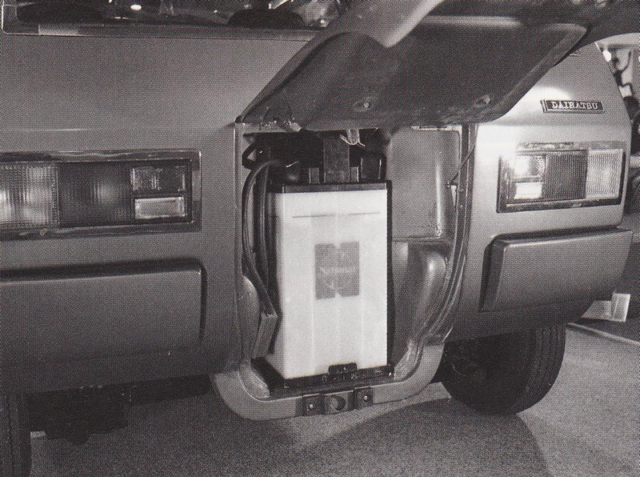
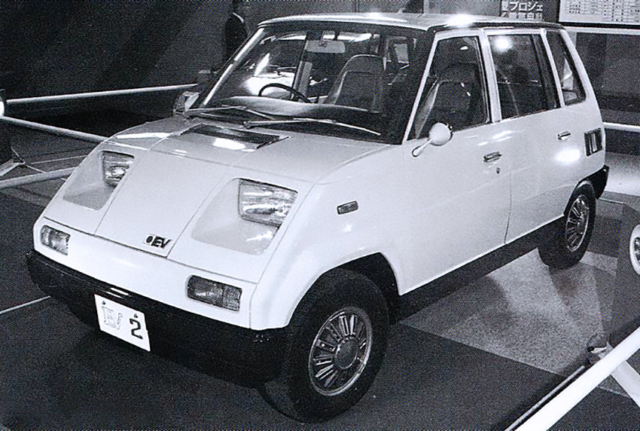
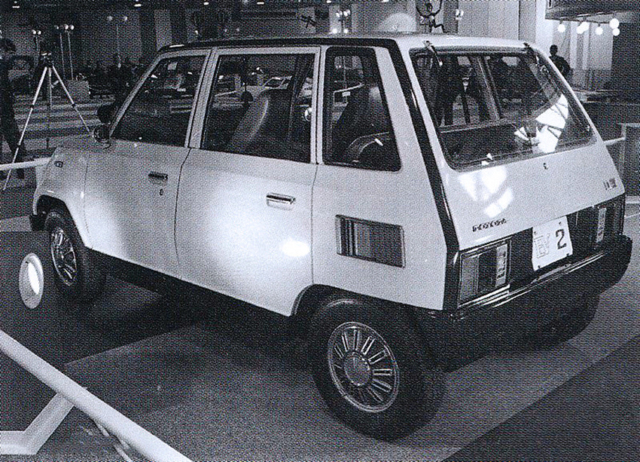
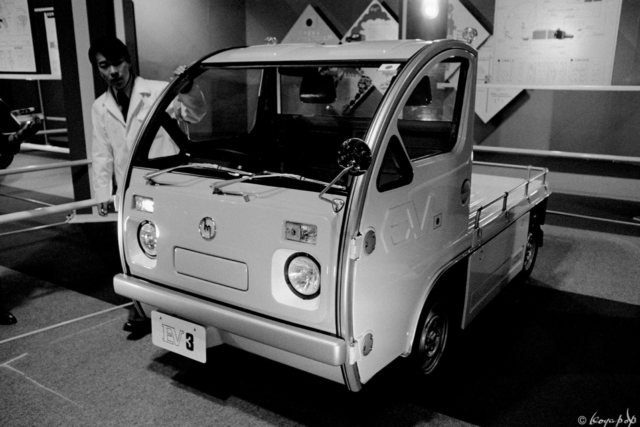
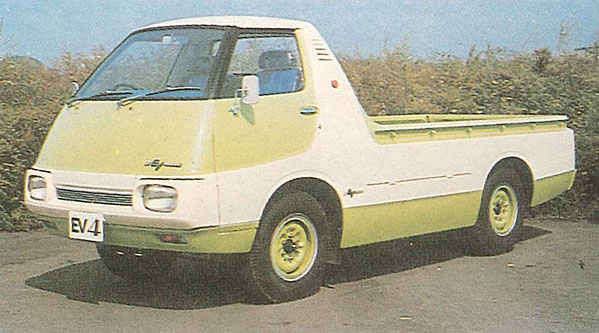






I’d buy one of those mini-Porters from Mazda at the drop of a volt!
The Mazda EV3 is my favourite. Add a second wing mirror and it looks production-ready!